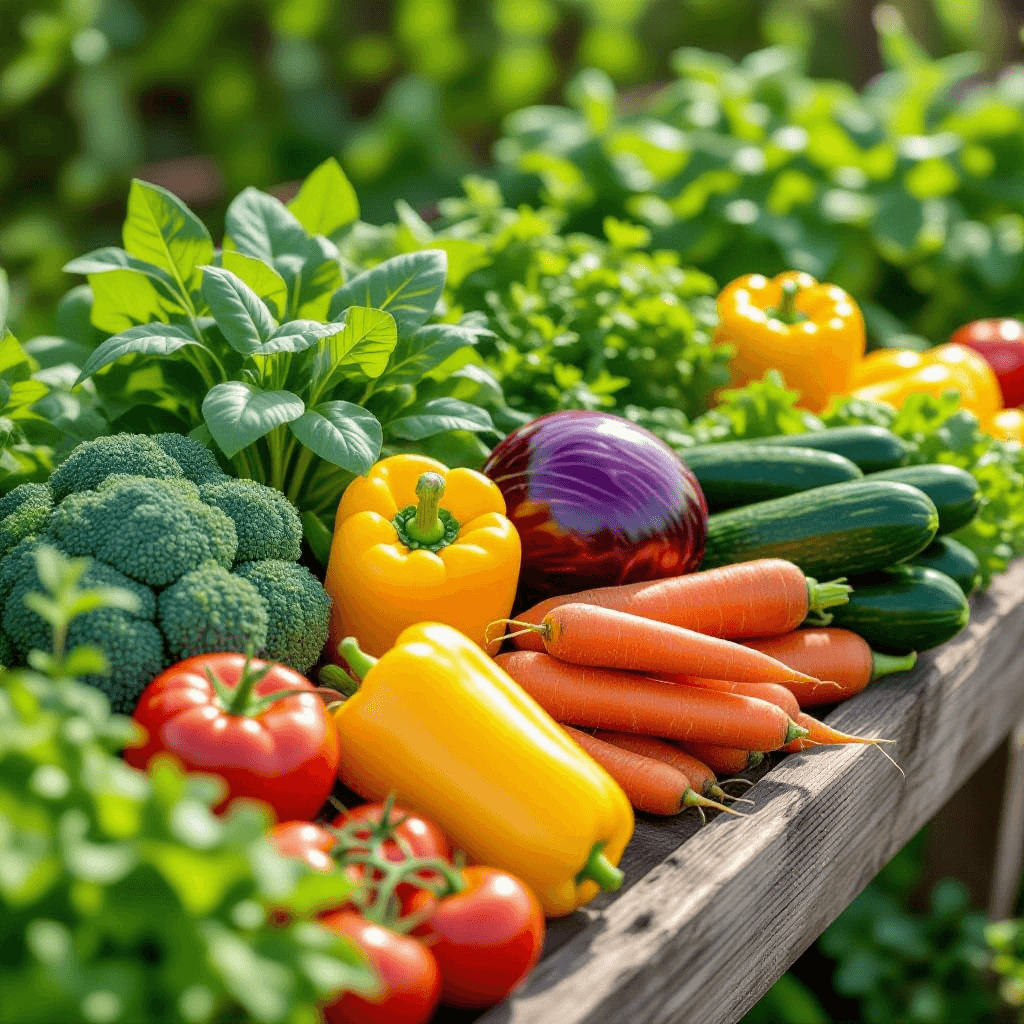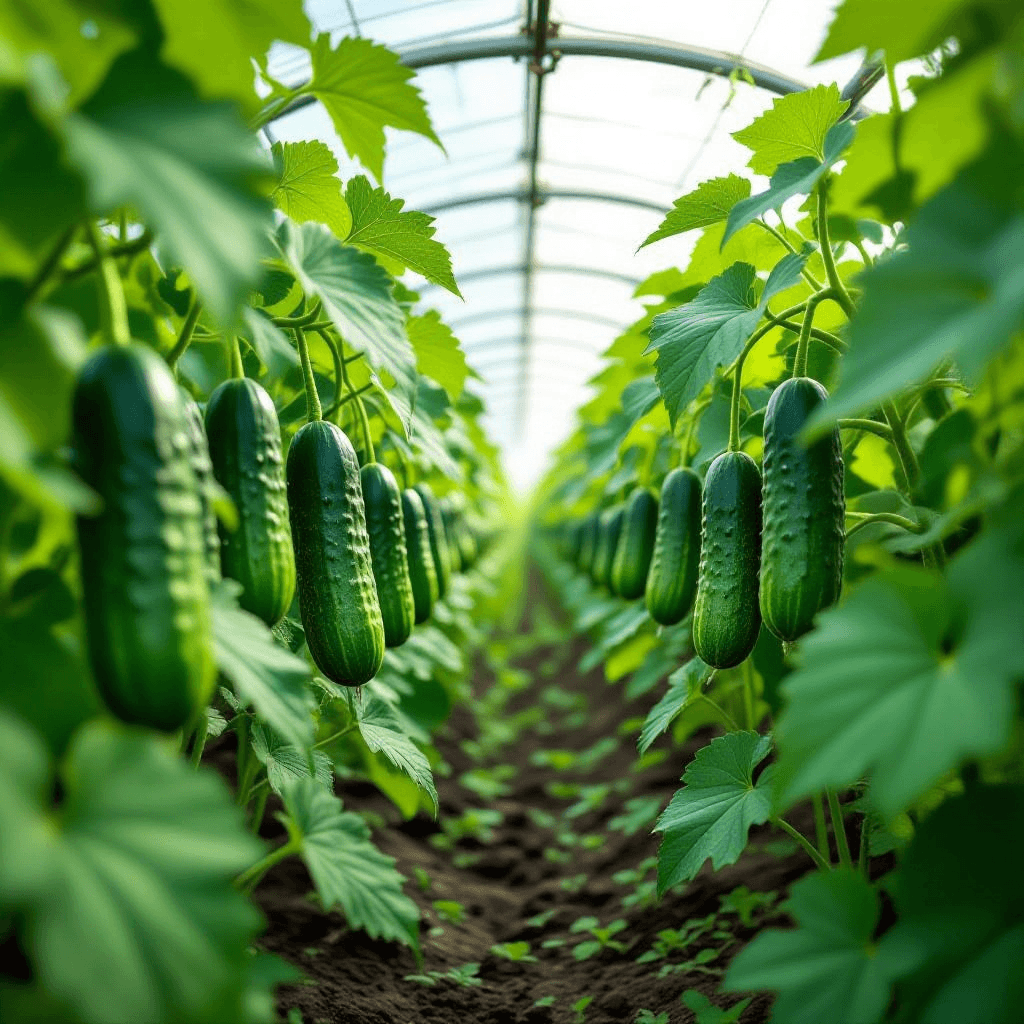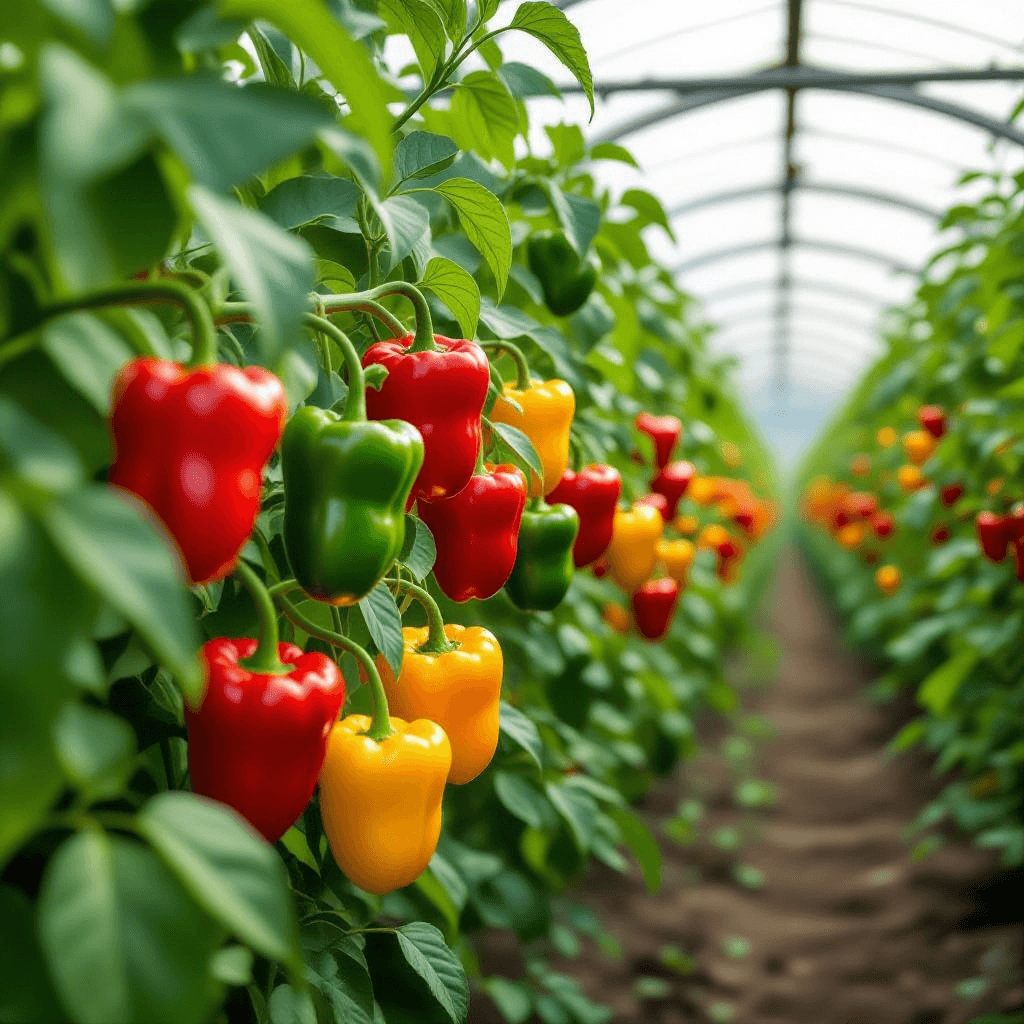Introduction to Vegetable Gardening
Vegetable gardening has become increasingly popular among individuals seeking to cultivate their own food. For beginners, embarking on this journey can be both enjoyable and fulfilling. One of the primary advantages of growing your own vegetables is the satisfaction derived from nurturing plants from seed to harvest. The experience of watching your food grow enhances the appreciation for fresh produce while promoting a healthier lifestyle.
Engaging in vegetable gardening offers therapeutic benefits, serving as an excellent stress reliever. Spending time outdoors, getting your hands in the soil, and connecting with nature can significantly elevate mental well-being. The act of planting, nurturing, and ultimately harvesting your vegetables provides a sense of accomplishment that can be particularly enriching for beginners.
For those new to vegetable gardening, it is crucial to select the right plants to ensure a successful experience. Opting for beginner-friendly vegetables can minimize the chances of disappointment, as they are generally easier to grow and more resilient to common gardening challenges. Choosing plants that thrive in your local climate, require minimal maintenance, and maintain a shorter growth cycle can significantly bolster confidence in your gardening abilities.
As you immerse yourself in this rewarding hobby, consider incorporating a variety of vegetables that cater to your taste preferences and gardening conditions. This approach not only enhances your culinary experiences but also encourages an exploration of diverse gardening techniques. In summary, vegetable gardening offers a unique chance for beginners to engage in a fulfilling activity that promotes healthier eating and mental wellness while providing a sense of achievement and connection to the Earth.
Choosing the Right Location and Tools
When embarking on the journey of vegetable gardening, selecting the right location is crucial for a successful yield. A well-chosen site can significantly enhance growth potential and ensure that your plants thrive. First and foremost, consider sunlight exposure; most vegetables require a minimum of six to eight hours of direct sunlight each day. Assess your yard or garden area throughout the day to determine which spots receive adequate sunlight and avoid locations shaded by trees, buildings, or fences.
Soil quality is another essential factor. Ideally, the soil should be rich in organic matter and have good drainage. Conducting a soil test can provide valuable insights into pH levels and nutrient content, allowing you to make the necessary amendments. If your soil is lacking, incorporating organic compost or well-rotted manure can significantly boost fertility, contributing to healthier vegetable growth.
Space is equally important; ensure that your chosen area has enough room for the variety of vegetables you intend to grow. Consider the mature size of the plants and how much space each will need. If you’re working with limited space, consider raised beds or container gardening, which can help maximize your gardening area effectively.
Equipping yourself with the right tools will enhance your gardening experience. As a beginner, essential tools include hand trowels, pruners, and a sturdy garden fork. Additionally, obtaining seeds or seedlings from reputable sources will provide a strong foundation for your garden. Finally, soil amendments such as fertilizers and mulch will support your plants throughout their growth cycle.
Preparing the garden bed is the next critical step. This process involves clearing debris, tilling the soil, and adding organic matter if necessary. Creating a well-prepared garden bed will not only aid in water retention but also promote root development, ultimately leading to a successful vegetable gardening endeavor.
Top 10 Easy-to-Grow Vegetables
For those new to gardening, exploring easy-to-grow vegetables can provide a rewarding introduction. Here is a curated list of the top 10 vegetables that are perfect for beginners:
1. Radishes: Radishes are incredibly fast growers, often ready to harvest within 3-4 weeks. They thrive in cooler temperatures, making early spring or fall the ideal planting seasons. Ensure the soil is well-drained and keep them spaced adequately to avoid overcrowding.
2. Lettuce: Lettuce can be grown in a variety of climates, making it suitable for many gardeners. Sow seeds directly into the soil, and keep the ground consistently moist. Harvesting can begin as soon as the leaves are large enough to eat, providing fresh greens in just a few weeks.
3. Green Beans: Green beans are simple to cultivate and can be grown in both gardens and pots. They prefer warm weather; therefore, planting after the last frost is key. Growth occurs rapidly, and pole varieties can produce a bountiful harvest throughout the summer.
4. Carrots: Carrots require deep, loose soil for optimal growth. They are sown directly into the ground and can take around 2-3 months to mature. Regular watering and thinning out seedlings are important for producing healthy roots.
5. Zucchini: Zucchini plants are prolific and easy to care for. They thrive in warm weather and can be grown in small spaces. Regular harvesting encourages more fruiting, and they are generally pest-resistant.
6. Spinach: Spinach grows well in cooler temperatures. Start seeds in early spring or late summer for a fall harvest. Its rapid growth means fresh spinach can be enjoyed within a month of planting.
7. Peas: Peas can be planted early in the spring and harvested in early summer. They are great for beginners due to their minimal care requirements and can be grown on trellises to save space.
8. Bell Peppers: Bell peppers offer colorful produce for gardeners and are relatively low-maintenance. Start them indoors before transitioning to the outdoors after the last frost. Consistent watering aids their growth, leading to a bountiful yield in warm weather.
9. Cucumbers: Cucumbers thrive in sunny areas and can be trained to climb, saving ground space. Plant them following the last frost, and ensure adequate watering to promote healthy fruit development.
10. Tomatoes: Tomatoes are a favorite among gardeners. While they require some staking or cages for support, they grow well in various climates. They should be planted off after the danger of frost and will provide a generous harvest through the summer months.
This list of ten vegetables serves as an excellent foundation for any beginner’s gardening journey. Each vegetable offers its rewards and challenges, fostering a fruitful experience as novice gardeners cultivate their green thumbs.
Maintenance Tips and Harvesting
Successful vegetable gardening requires more than just planting seeds; it involves diligent care and attention throughout the growing season. Beginners should establish a consistent watering schedule, as vegetables typically require about one inch of water per week. This can be achieved through regular rainfall or supplementary watering. Early morning is the best time to water, as it reduces evaporation and allows the foliage to dry, minimizing the risk of diseases.
Pest control is another critical aspect of garden maintenance. Organic methods such as introducing beneficial insects—like ladybugs and lacewings—can help manage common pests without harmful chemicals. Additionally, homemade solutions, such as a mixture of water and mild soap, can effectively deter aphids and spider mites. Inspecting plants regularly for signs of pest damage or disease can prevent minor issues from escalating into significant problems.
Fertilization is essential for promoting healthy growth and improving yield. Using a balanced fertilizer, preferably organic, can provide the necessary nutrients. Beginners should follow the manufacturer’s instructions regarding application rates and frequencies. Generally, a light feed every four to six weeks can support optimal growth. Pay attention to the specific needs of each vegetable type, as some may require more intensive nutrients than others.
Knowing when to harvest is crucial for enjoying the best flavor and texture. Most vegetables are best picked when they are young and tender. For example, leafy greens can be harvested as soon as they reach a desirable size, while root vegetables like carrots should be pulled when they are noticeably plump. Guidelines for harvesting vary by vegetable, so it is advisable to research specific harvesting times for each type planted.
By following these maintenance tips and understanding the key aspects of harvesting, beginner gardeners can cultivate a flourishing vegetable patch, leading to a rewarding experience and bountiful harvest.


